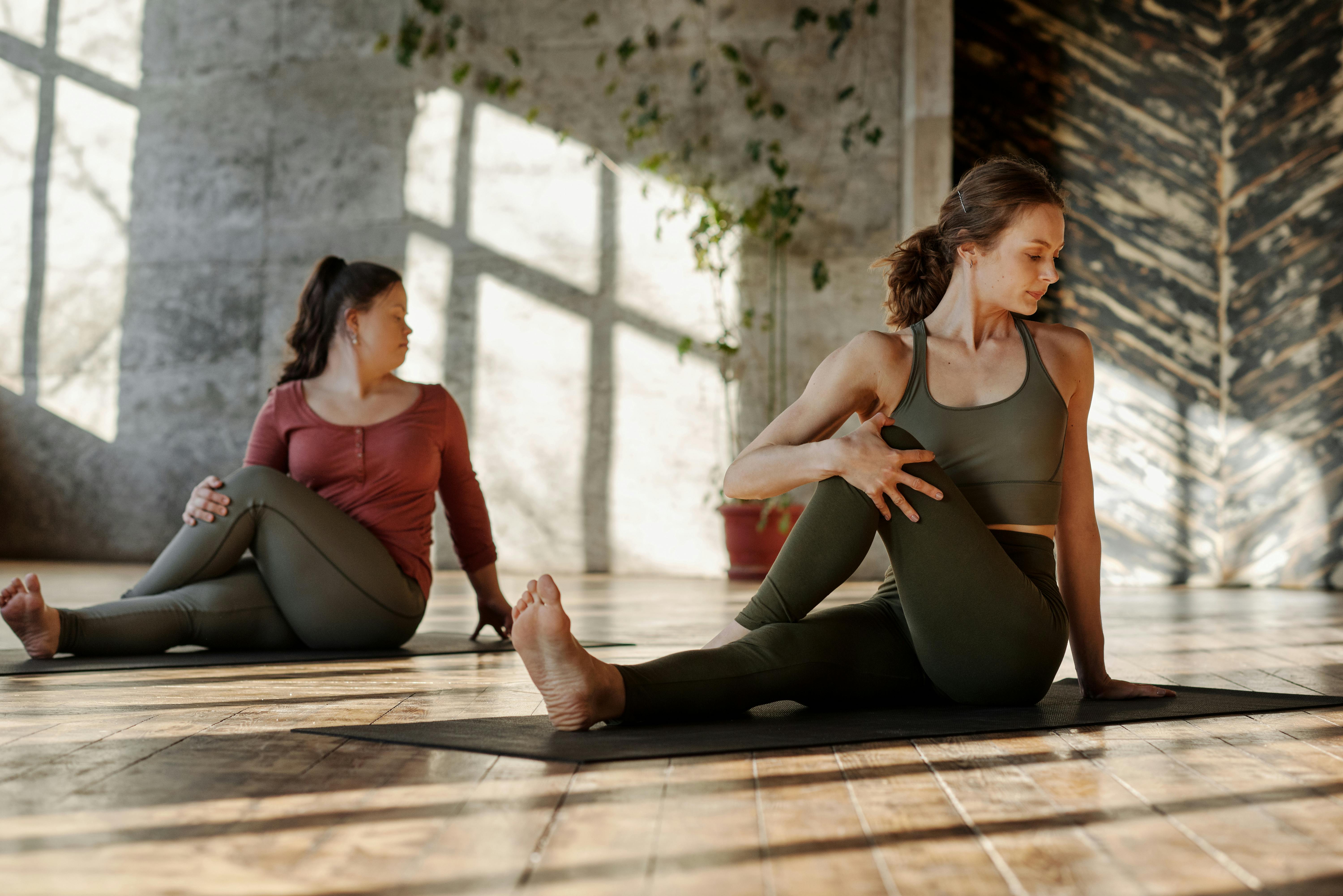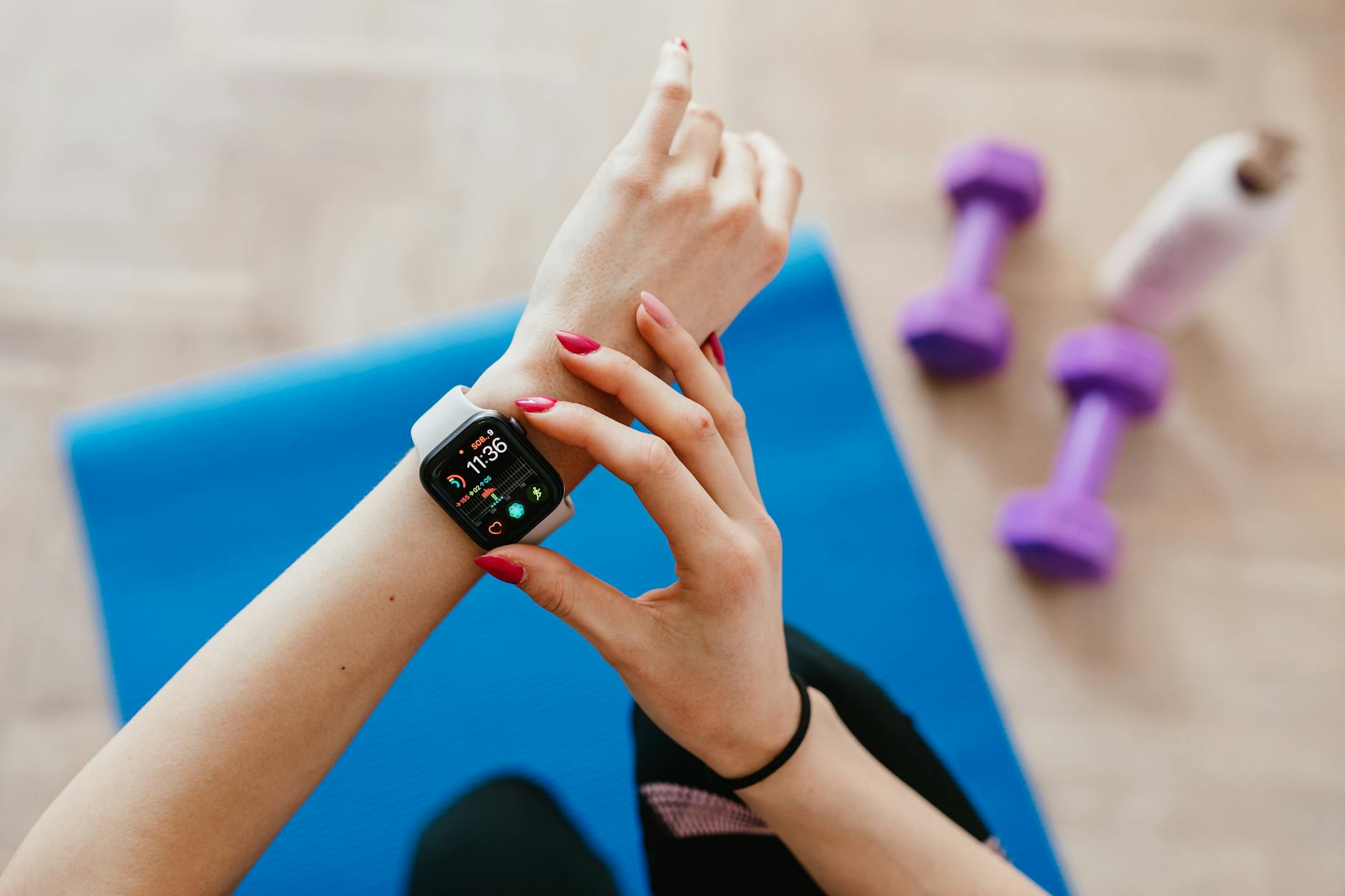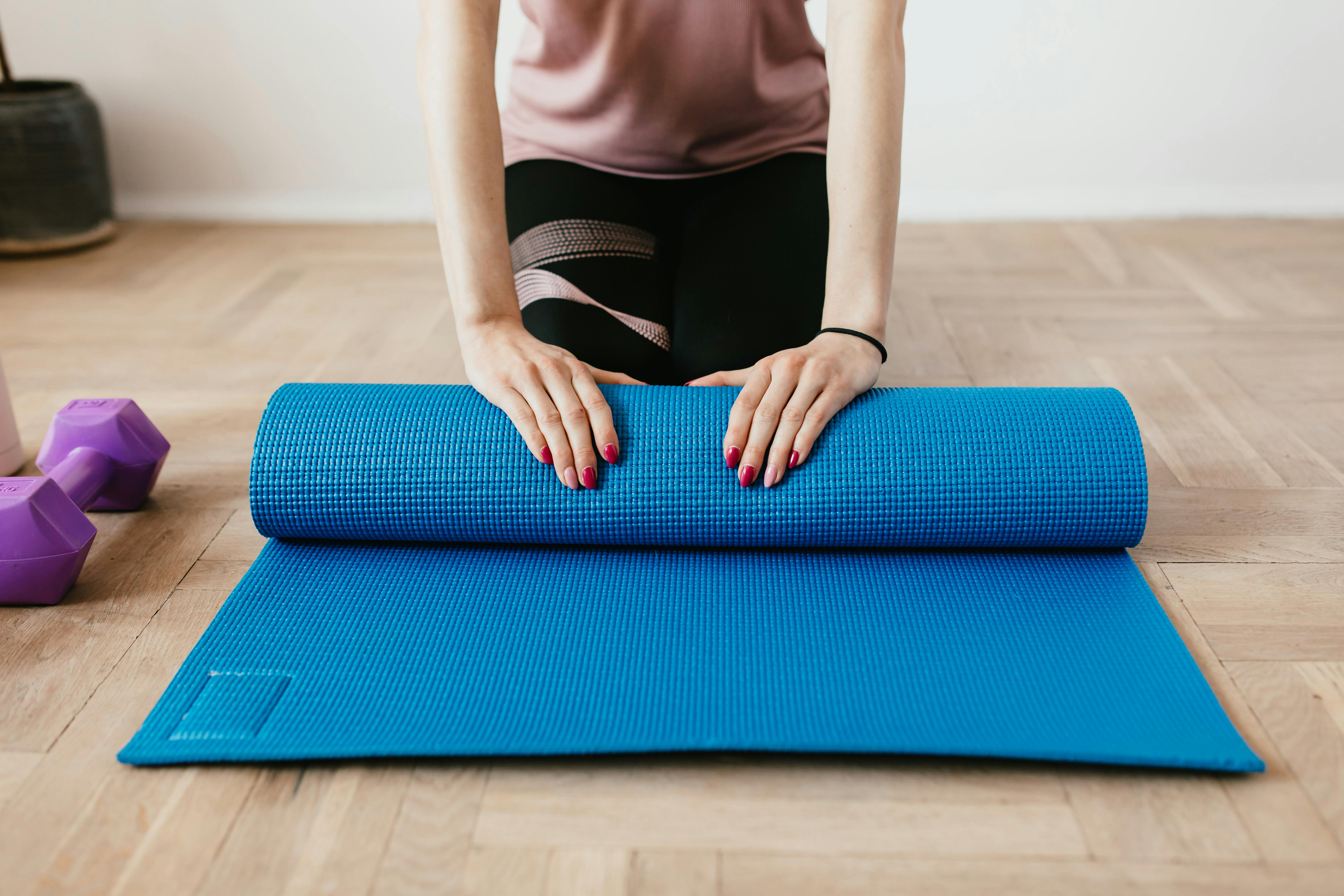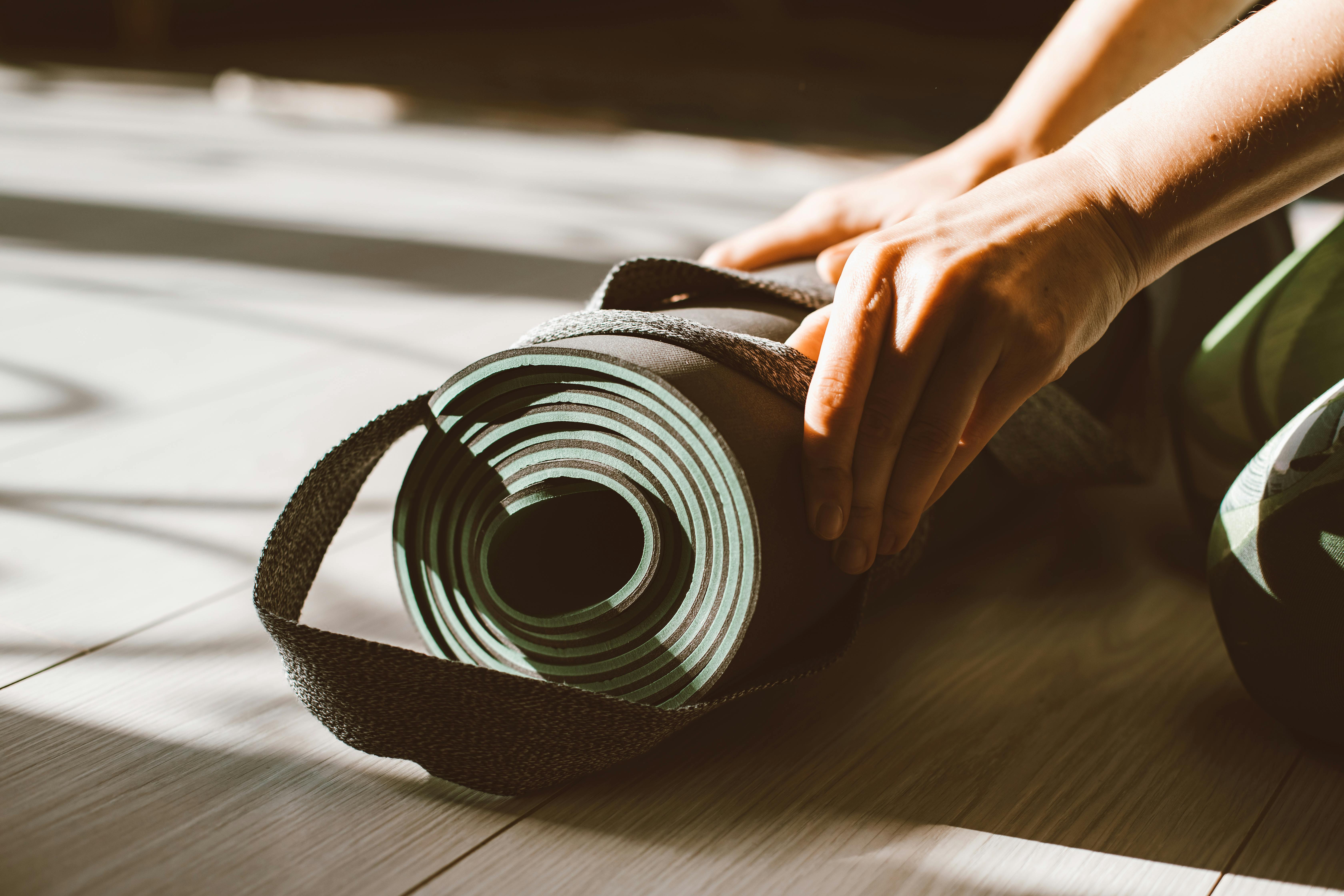How much time do you devote to taking care of yourself in a day? Considering our cramped schedules and unhealthy lifestyles, most people would say nothing more than thirty minutes. But, there would also be people who can barely recollect any memory of consciously moving their body throughout the day because of how busy they were.
This unhealthy and sedentary lifestyle is a product of today’s reality. We must note that simply the acknowledgment of unhealthy life choices is not enough. We must make an effort to bring our mind and body back to a healthy track.
Luckily, taking care of our body and mind isn’t rocket science! It is as simple as tapping into the art and science of Yoga, an ancient gift worthy of being cherished and even more importantly, utilized.
The scientific art of Yoga has benefits for both the mind and the body. Popularly, the practice of Yoga is known to enhance flexibility, relieve arthritis, reduce inflammation, relieve stress, and improve the quality of life. The benefits of Yoga are endless!
The practice of Yoga not just involves perfecting postures but also taking conscious steps to eat healthily and practicing meditation for improved mental health.
So, if you have just started exploring the wonders of Yoga, here is a guide that’ll help Yoga beginners like yourself navigate this new way of healthy living! We have listed down some frequently asked questions and provided an insight into equipment you will have to buy for your We have listed down some frequently asked questions and provided an insight into equipment you will have to buy for your Yogic journey.

Q. Why is Yoga practiced barefoot?
Yoga is all about achieving balance and harmony between the mind and body. Therefore, practicing Yoga barefoot enhances stability and helps maintain a perfect Yogic posture. It also helps stretch the foot muscles and strengthen them.
Practicing Yoga barefoot helps the Yogi feel grounded and wholeheartedly connected to the Earth. For Yogis who can unlock higher levels of consciousness, the mats also help maintain a sense of reality.
Q. How did the use of Yoga equipment come into being?
The use of most Yoga equipment is rooted in the practice of Iyengar Yoga. Bellur Krishnamachar Sundararaja Iyengar, a renowned Yogic Guru, not only founded Iyengar Yoga but also some of the most used props in practice. In the formative years of the practice, common household objects like pots, bricks, and ropes were used as props. Now, specialized props are in use. Some of these include:
- Viparita Dandasana Bench: It is uniquely designed for yoga enthusiasts. It is used for several postures that involve forward bend and backward bend.
- Chambal: It is a doughnut-shaped pillow for supporting the buttocks.
- Horse: It supports the lumbar area. The lateral area prevents the feet from slipping away. This prop is useful in perfect postures like Trikonasana.
- Backless Yoga Chair: It supports backbends and seated twists.
- Sandbags: This prop is most commonly used during relaxation as it helps the student sink deeper. Sandbags are known to relieve anxiety and stabilize joints.

Q. Why are Yoga props important in the first place?
“For me, a prop is not only for the asana. It should contribute to the position of the body which in turn can let the mind be calm and state of ‘chitta vritti nirodha’ be experienced. The body is my first prop. The body is a prop to the soul.”–B.K.S. Iyengar
Iyengar Yoga particularly involves holding yoga postures for long durations. Undeniably, this is not easy at first. Therefore, the use of props while practising postures enhances stability and helps perfect the pose. Further, the use of props is also known to enhance concentration and mental stability.
The use of props in yoga enables people of all ages and abilities to practice and reap the various benefits of this style of Yoga. People with injuries can take the help of props such as blocks, belts, and bolsters among others.
While advanced yoga students gradually remove the use of props in practice, some of them believe that as props facilitate longer durations of holding a pose, the journey inwards becomes easier.
Q. Which equipment does a beginner require?
1. Yoga Mat
The most common and equally essential yoga prop is a yoga mat. It helps maintain the yogic posture and prevents the student from slipping while holding the pose for a long duration.
Moreover, it creates a sense of sacred space that you can consider your own which aids your physical and mental health. Many Yogis also perceive it as a way of staying connected to the ground.

2. Yoga Blocks
Yoga Blocks are a great tool for beginners. They help perfect postures and avoid injuries. Even for advanced students, Yoga blocks facilitate complex postures, build strength, and achieve stability.

3. Yoga Straps
Yoga straps or belts are most often used to correct hunched backs during practice. It can also be used for perfecting various poses. It is known to increase postural awareness and relieve excessive tension in the upper back, neck, and shoulders.

4. Yoga Blanket
Yoga blankets are mostly used as soft support for complex postures. It acts as a cushion for bones and joints. Further, it helps the student stay warm and comfortable during relaxation poses and meditation. There are several techniques specified to fold a yoga blanket that can aid different yogic postures. The use of Yoga Blankets is most common in Restorative Yoga.
5. Other Essentials
Other essentials include comfortable clothing to facilitate movement, a bottle of water if you are practicing at a studio, a towel in case you perspire, and a bag for your mat.
Q. Where should I buy Yoga equipment?
Given the popularity of Yoga, Yoga equipment is available at almost every sports shop. Even shops for dedicated Yoga equipment are popping up in the cities.
Other than that, online shopping platforms, such as Amazon, Flipkart, and SnapDeal have endless options to offer.
That being said, it is always best to shop locally!
Q. How much does Yoga equipment cost?
Starting from Yoga blocks that cost around Rs.150 to specialized meditation benches that cost around Rs.3000, the price range of Yoga equipment is large. Even for the most common equipment, Yoga Mat, you will come across mats that significantly vary in their price because of their quality.
This is not to say that practicing Yoga is expensive. You can purchase the most basic Yoga Mat for Rs. 300. The total investment into Yoga equipment is determined by the style of Yoga you want to experience and the level of experience you want to gain.
Q. How do I store my Yoga gear?
Not a lot of beginners know that Yoga gear must be cleaned and dried before storage. Everything from mats to blocks must be cleaned.
Most manufacturers prescribe the correct way of cleaning the specific mat. Other than that, Yoga mat refreshers and Yoga mat wipes are readily available in the market. However, you must check that these products contain all-natural ingredients.
If you do not want to invest a lot into the aftercare of your Yoga equipment, wiping it away with a soft cloth is also a good option. The cloth should preferably be microfiber, absorbent, and lint-free. You can also use essential oils like Eucalyptus or Lavender for a calming scent.
The same can be applied to Yoga blocks and other common Yoga props.

THE MOST ESSENTIAL EQUIPMENT!
Undeniably, the equipment listed above forms the core of practice. However, a prop that is intrinsic to practice any form of Yoga is- dedication. Perfecting postures, even with props that provide you with balance and support are not a one-day deal. It requires patience and an undying will to learn.
While we have listed a guide for beginners, it is essential that you consult your Yoga teacher and only invest in props that will genuinely be of use to you and the style of Yoga you have chosen to practice.
We hope you enjoy your journey to a better lifestyle and emerge with a renewed sense of self.
